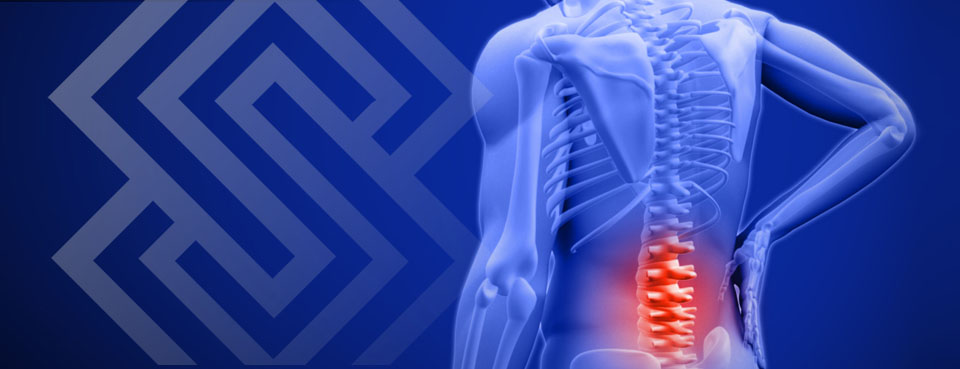Bone Spurs
Patients commonly suffer from bone spurs, or osteophytes, in their back or neck. A bone spurs are the bodies response to increased pressure on the the spine. Bone spurs and other degenerative changes in the spine can be considered a normal part of the aging process. Bone spurs alone do not necessarily cause pain.Diagnosing & Treating Bone Spurs
There are several conditions associated with neck and back pain that are related to bone spurs. These disorders include osteoarthritis, cervical radiculopathy, lumbar radiculopathy and spinal stenosis. The diagnosis of bone spurs are made with simple x-ray images. MRI and CT scans show bone spurs and can also assess the health of surrounding soft tissues and nerves. Many patients suffering from mild to moderate nerve compression can manage with non-operative care including rest, activity modification, physical therapy, medication and/or pain injections. If these treatments do not alleviate symptoms surgical options may be the only method of providing pain relief.Bone Spur Causes
Trauma to any joint can cause bone spurs. An accident that damages a joint can increase the chances of osteoarthritis and bone spurs developing in that joint at any point in the future. Repetitive use of joints or tendons can also lead to bone spurs.There are also studies that suggest that genetics are a risk factor for the development of bone spurs. Conditions effecting bones such as ankylosing spondylitis and diffuse idiopathic skeletal hyperostosis can also cause bone spurs in the spine.Bone Spur Symptoms
Bone spurs may be asymptomatic, not causing any pain and go undiscovered. If bone spurs grind against other bones or soft tissues they can cause pain and impair normal mobility in a joint. This is common in the knees, shoulders, hips and smaller joints in hands and feet.If a bone spur abrades tendons or ligaments it can cause pain or a tear. This is a potential complication commonly seen in shoulders and can cause rotator cuff tears.
Spinal bone spurs can cause pain, loss of mobility and pinch nerves or the spinal cord. When nerves in the spine are pinched it causes pain, numbness, tingling or weakness in the arms or legs. If the spinal cord becomes compressed, it is called myelopathy, causing pain, loss of balance and weakness.
Notice:
This advertisement has been provided for informational purposes only and should not be used as a substitute for medical treatment or an actual diagnosis. If you are experiencing pain that may be associated with back or neck disorders you should seek the care of a doctor as soon as possible or immediately if your symptoms are accompanied by incontinence / loss of bladder or bowel control, as these may be signs of life threatening condition.

